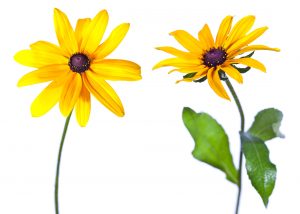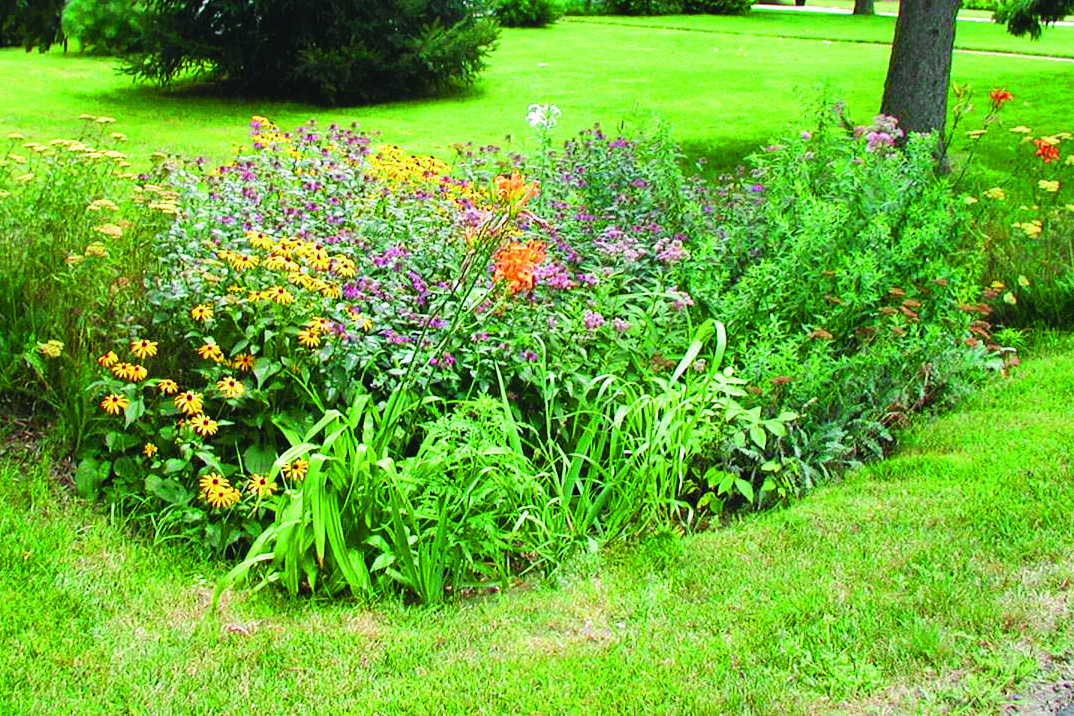Gardeners can help protect and restore the Chesapeake Bay watershed region while also creating beautiful rain gardens.
The Chesapeake Bay is one of Maryland’s most valuable natural resources. It provides countless benefits to humans, animals, plants and the region’s economy. But adverse influences such as population growth, pollution and sediment runoff have all conspired to endanger the health of the bay.
Fortunately,gardeners can be part of the solution. By avoiding overuse and misuse offertilizers and pesticides, and through utilizing sustainable garden practices,Marylanders — most of whom live within a half-mile of a drainage ditch, stormdrain, stream or river — can improve water quality and conserve our naturalresources for future generations. One way to be a “Bay-Wise” gardener is byinstalling a rain garden.
Here’s whatyou need to know:
What are rain gardens?
When itrains, water runs off impermeable surfaces such as roofs, driveways and lawns.That water contains pollutants such as motor oil, sediments and fertilizers,which can then enter and pollute local waterways. Rain gardens provide a saferplace for contaminated water to go.
How do rain gardens work?
Constructed bydigging a bowl-like depression about 3 to 4 inches below the lawn’s surface, arain garden should be located strategically on a down-sloping area of your property,where it can collect as much rainwater runoff as possible.
Once collected, polluted water is gradually absorbed into the soil where it is naturally filtered and cleaned by vegetation and soil and can support the growth of plants and flowers. According to the nonprofit Groundwater Foundation, “Rain gardens are effective in removing up to 90 percent of nutrients and chemicals and up to 80 percent of sediments from the rainwater runoff. Compared to a conventional lawn, rain gardens allow for 30 percent more water to soak into the ground.”
How should I prepare my garden?
Thedimensions of your rain garden will be based on the space available and theamount of polluted rainwater that is likely to drain from impervious surfacesinto your garden. When digging your garden, be sure to excavate the existingsod, to minimize weed seeds. If the soil has a great deal of clay, you willneed to add compost, sand and gravel to aid with water infiltration.
As with atraditional garden, decisions about plant and flower choices will be a functionof your soil type and pH, light conditions, sun to shade levels and borderdesign.
What should I plant?
Rain gardensshould always contain native plants. Plants that are indigenous to theChesapeake Bay watershed region can typically thrive without chemical fertilizationor pesticides. Generally, they require minimal maintenance and can absorb largeamounts of water.

Some suggestions for native and pollinator-friendly perennials, shrubs and trees likely to thrive in a rain garden include Switchgrass (Panicum virgatum); Butterfly milk weed (Asclepias tuberosa); Black-eyed Susan (Rudbeckia hirta); Cardinal flower (Lobelia cardinalis); Rose mallow (Hibiscus moschetos); Bergamot (Monarda bradburiana); Blue flag iris (Iris versicolor); Blueberry (Vaccinium corymbosum); Inkberry (Ilex glabra); and Eastern redbud (Cercis canadensis). These species are readily available at many nurseries in our area.
Don’t forgetto weed, mulch and water during dry periods!
For information on rain gardens and the University of Maryland “Bay-Wise” program, visit extension.umd.edu/ baywise.
Rebecca Brown began her career as ahorticulturist more than 25 years ago and studied at the New York BotanicalGardens. She has been a University of Maryland, Baltimore County mastergardener for five years and is a backyard beekeeper.
Norman Cohen is a retired chemist. Hehas been gardening for 38 years and has been a University of Maryland,Baltimore County master gardener for 10 years. Cohen also provides gardeningeducation to the public at local farmers markets.





